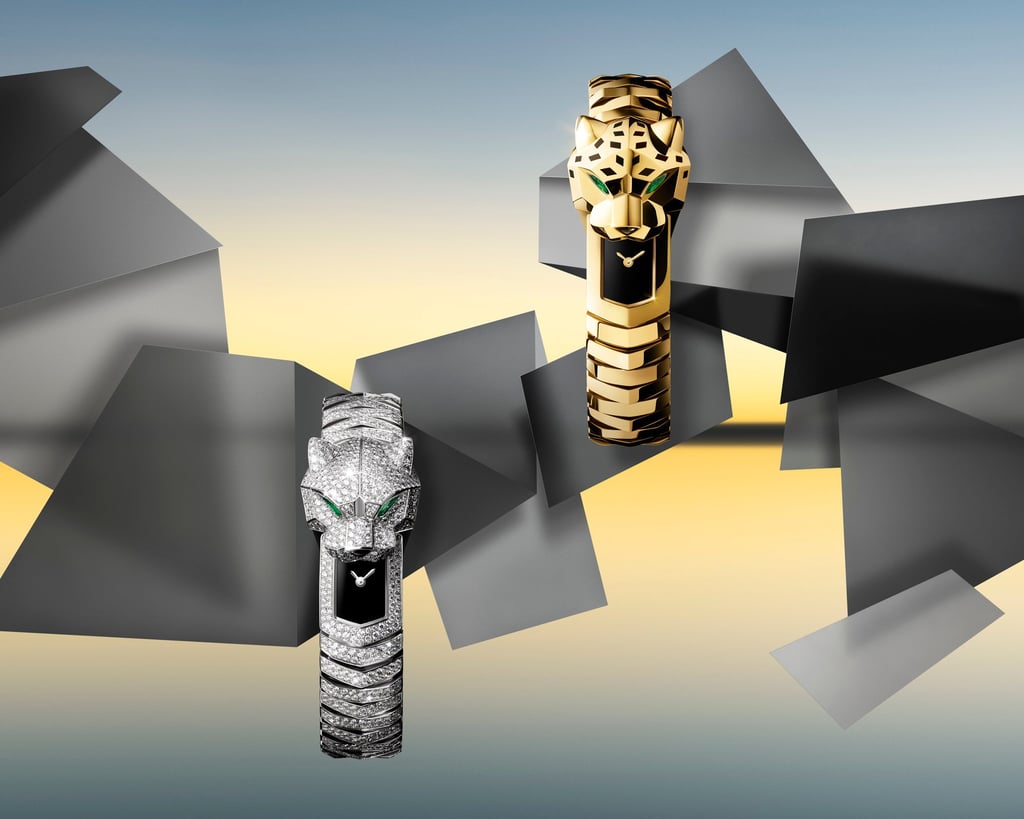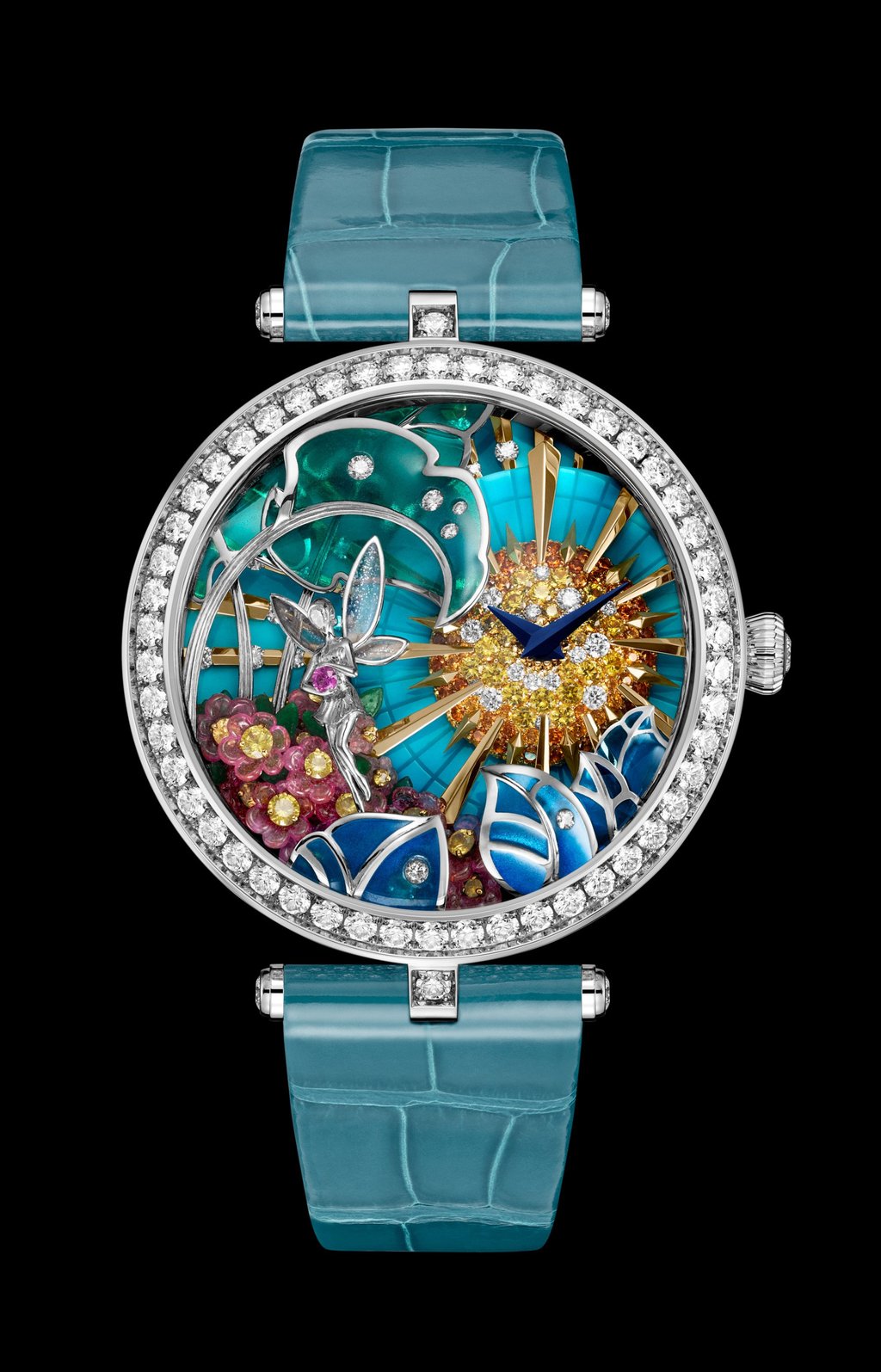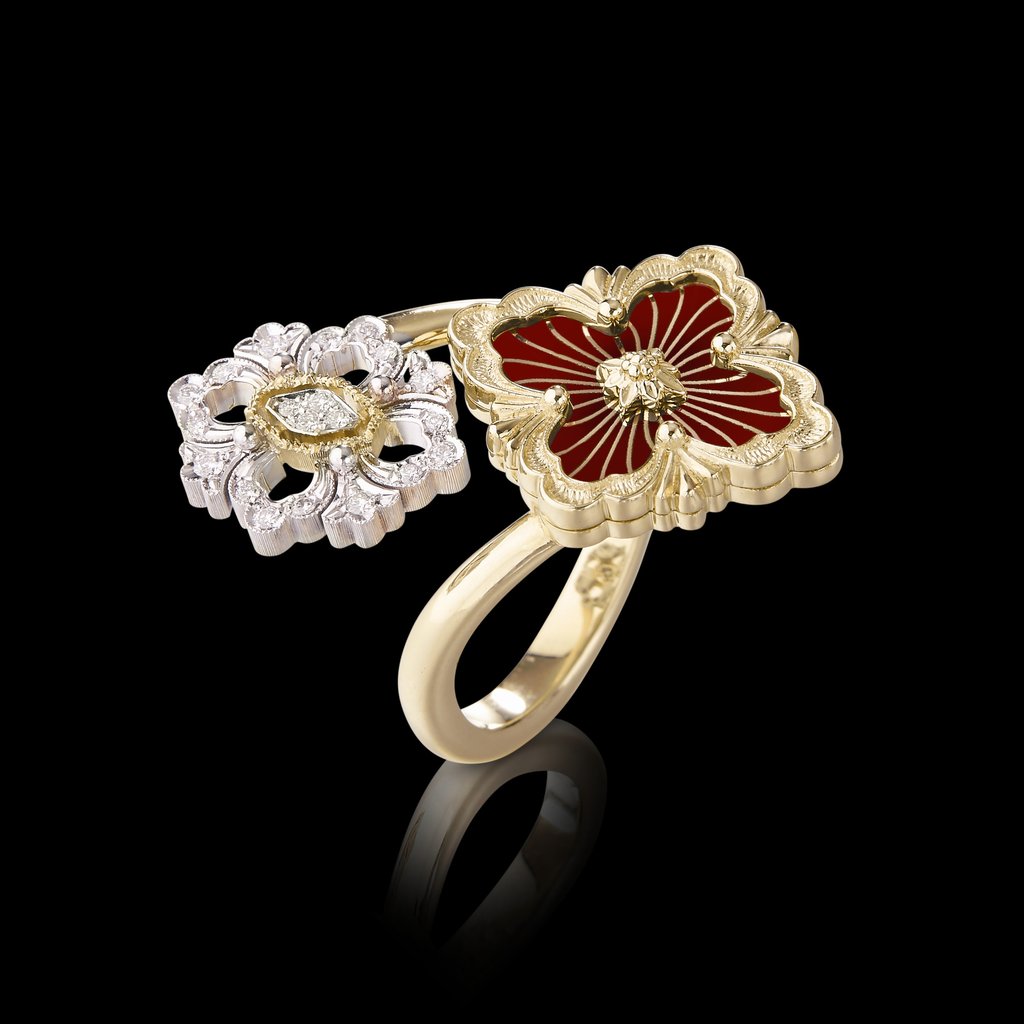Enamelled jewellery in 2024: see the boundary-pushing designs revitalising an ancient art

- From Rolex and Cartier to Van Cleef & Arpels, luxury watchmakers and jewellers are redefining the decorative craft of enamelling to create dynamic timepieces
One of the most expressive decorative arts, enamelling’s history stretches back as far as the 13th century BC. Over the centuries, the craft has been used in various forms around the world to adorn everything from jewellery and decorative boxes, to objets d’art.

Artisans tend to favour the grand feu – or “great fire” – enamelling technique in both jewellery and watchmaking. The method involves painting powdered silica directly onto a surface and then firing it in a kiln at high temperature. The time-consuming process is repeated multiple times and requires painstaking attention to control the firing temperature and create a rich, glossy look.

Buccellati also used enamel, alongside agate and mother-of-pearl, to bring life to new additions to its Opera Tulle collection last autumn. Here as well, enamel was used to create vibrant and deep shades of red – in this case, complementing the maison’s exceptional tulle technique, which laces gold across its intricate pieces in the shape of the house’s signature flower motif.

Watch dials particularly make use of enamel through miniature painting. One of the most celebrated artists of enamel miniature painting in watches is Anita Porchet, a Swiss artist who is frequently asked to create one-of-a-kind and limited edition timepieces. Her works have been commissioned by luxury Swiss watchmakers including Piaget, Patek Philippe and Vacheron Constantin.